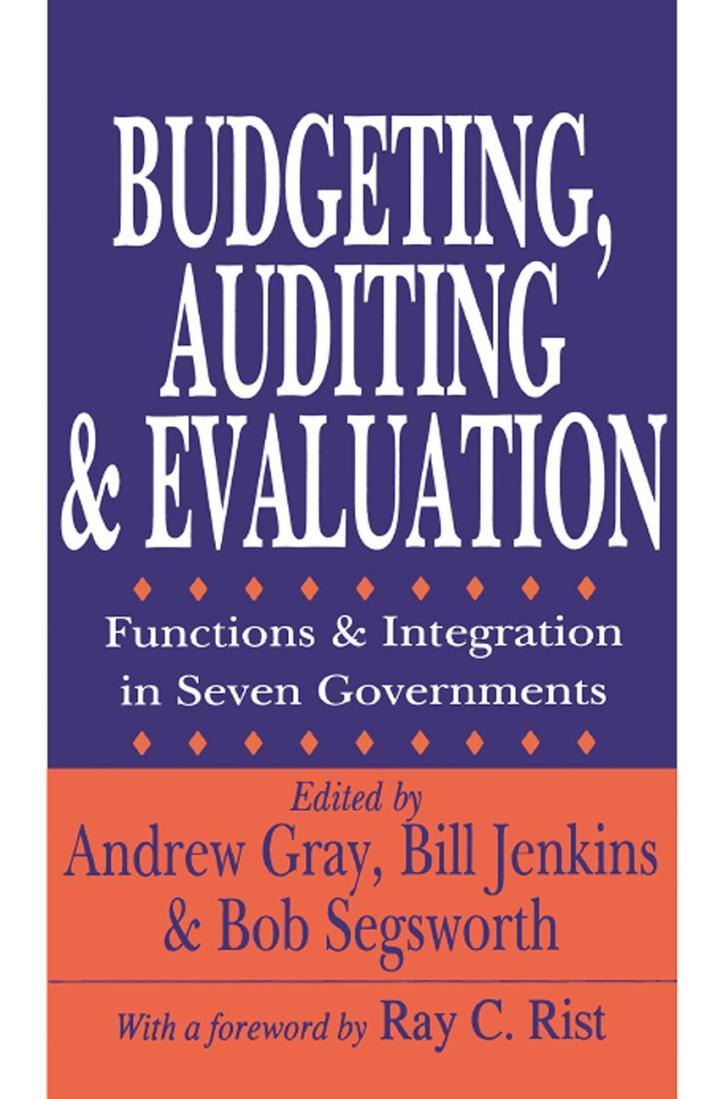Question
A business just completed its year-end physical inventory count. According to the count, there was $30,600 of merchandise on hand. Last week, the business has
A business just completed its year-end physical inventory count. According to the count, there was $30,600 of merchandise on hand. Last week, the business has purchased merchandise from two suppliers, $3,600 on terms of FOB Shipping Point and $10,100 on FOB Destination. Both shipments are in transit at year end with next week delivery dates. In addition, another business held $5,900 of our inventory on consignment at year-end that was not included in the physical count. How much inventory should be reported on the year-end balance sheet?
Select one:
a.$40,100
b.$34,200
c.$32,900
d.$30,600
e.$36,500
A business uses the specific identification method of costing inventory. During a month, they purchased three cars for $ 4,000, $ 5,500, and $ 6,000, respectively. During the month, the first two cars are sold for $ 6,500 each. What is the gross profit for that month for the business?
Select one:
a.$ 2,000
b.$5,600
c.$ 3,000
d.$ 2,700
e.$ 3,500
Which one of the following inventory valuation statements are correct?
Select one:
a.The desire to increase profits is a good reason to switch from weighted average to FIFO when valuing inventory
b.Specific identification is commonly used to value customized or easily identifiable products
c.The FIFO method assumes that the oldest inventory is sold last
d.Well managed businesses try to first sell most recently purchased inventory
e.The specific identification method is commonly used in grocery stores
During last years inventory count, a business failed to count merchandise in transit such as an FOB shipping point purchase. Due to this error, beginning inventory for the current year was understated and cost of goods sold was:
Select one:
a.greater when weighted average cost is used.
b.understated.
c.correct.
d.overstated.
A retailer collected the following information about its inventories to apply the lower of cost and net realizable value in valuing its three products: Product X - $70,000 cost and $75,000 NRV, Product Y - $50,000 cost and $48,000 NRV, and Product Z - $100,000 cost and $102,000 NRV. After the retailer values its inventory at the lower of cost or net realizable value, the amount reported on the balance sheet would be:
Select one:
a.$220,000
b.$215,000
c.$220,000
d.$225,000
e.$218,000
Step by Step Solution
There are 3 Steps involved in it
Step: 1

Get Instant Access to Expert-Tailored Solutions
See step-by-step solutions with expert insights and AI powered tools for academic success
Step: 2

Step: 3

Ace Your Homework with AI
Get the answers you need in no time with our AI-driven, step-by-step assistance
Get Started


